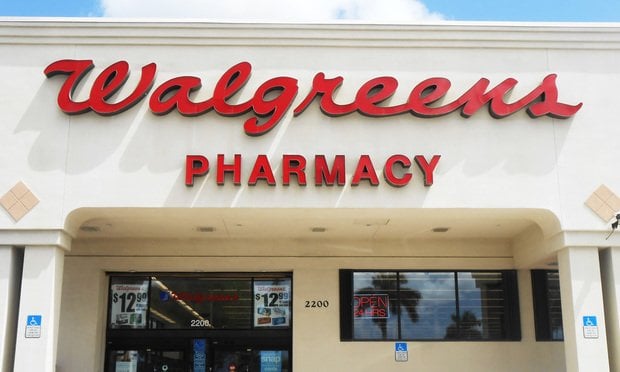 There is still unrealized opportunity to use value-based insurance design to impact the utilization of a wider array of high value, and low value, clinical services. (Photo: Shutterstock)
There is still unrealized opportunity to use value-based insurance design to impact the utilization of a wider array of high value, and low value, clinical services. (Photo: Shutterstock)
Do consumers really value items that cost money more than those that are free? One leading benefit design strategy hopes that when it comes to essential health care services, the answer is no. Value-based insurance design (VBID) removes or lowers financial barriers to high-value clinical services in hopes that this will make consumers more likely to seek them.
First theorized by University of Michigan faculty in 2005, the concept underpins much of what consumers may take for granted in their covered benefits, such as free annual physicals, but it has the potential to do so much more. Thus far, VBID programs have largely focused on waiving or lowering out-of-pocket costs for preventive services. The most prominent example is Section 2713 of the Affordable Care Act, which requires health plans to cover recommended primary preventive services (e.g., screening for depression, flu shots, all FDA-approved contraceptives) with no cost sharing.
Related: A secret weapon in our march toward value-based care
The VBID model has also had measurable success on the pharmacy side, where payers and purchasers alike have prompted consumers to fill generic prescriptions over brand names by significantly lowering out-of-pocket costs for the former.
Because of these examples, VBID has been on employers' radar for a while, but the concept appears to be experiencing a second wind. That's because there is still unrealized opportunity to use VBID to impact the utilization of a wider array of high-value and low-value clinical services.
Consider secondary preventive services: these encompass all of the care patients with chronic conditions need to keep their conditions under control and to stay out of the hospital. Patients managing chronic conditions, such as diabetes, congestive heart failure or hypertension may be the most impacted by financial barriers to care. That's why Congress introduced a bi-partisan bill in 2018 proposing that chronic disease prevention and treatment be covered for pre-deductible patients with health savings accounts (HSA)-eligible high-deductible health plans (HDHPs) per the VBID model.
Some employers have sidestepped this obstacle by setting up health reimbursement accounts instead of HSAs. The Innovation Center at the Centers for Medicare and Medicaid Services also launched the Medicare Advantage (MA) VBID Model in January 2017 in an attempt to improve access to high value services for patients with a long list of chronic conditions.
These efforts focus on expanding access to high-value clinical services, but this only represents half of the VBID equation. VBID can also be used to discourage consumers from seeking services that are not proven to generate value. In 2017, the Task Force on Low-Value Care identified five services that are commonly paid for but shouldn't be, eating up about $25 billion in annual health expenditures nationally. The list includes imaging for acute low-back pain in the first six weeks after onset, population-based vitamin D screening, and diagnostic testing and imaging for low-risk patients prior to low-risk surgery.
Figuring out how to limit the provision of these services will require thoughtful benefit design and communications strategies, as well as alignment with providers. To that end, an Employer Task Force in Virginia has stepped up to the challenge.
These specific examples represent a troubling but solvable phenomenon: significant health care spending may be going to wasteful services that have little to no positive impact on health, while some high-value services that do provide meaningful clinical benefit may be under-utilized. If you are a benefit manager observing this trend, consider asking your health plan directly—what VBID programs do you have in place today? What about for 2020? Those committed to high value health care should have a ready answer.
Suzanne Delbanco is executive director at Catalyst for Payment Reform.
Read more:
© 2025 ALM Global, LLC, All Rights Reserved. Request academic re-use from www.copyright.com. All other uses, submit a request to [email protected]. For more information visit Asset & Logo Licensing.







